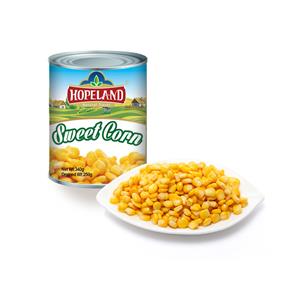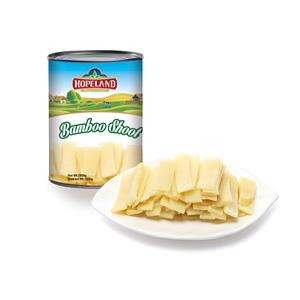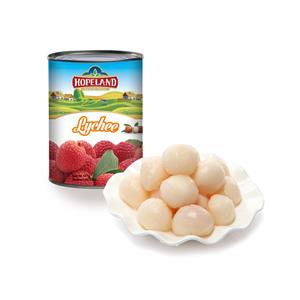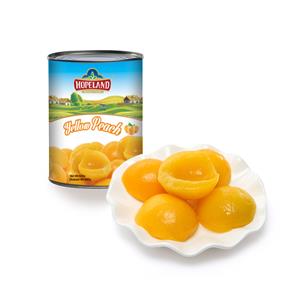Why Fruit Washing is Important?
When it comes to food safety, one of the most overlooked steps is the simple act of washing fruits and vegetables. While it may seem like a basic hygiene practice, fruit washing is critical for both consumers and producers, especially in an era where foodborne illnesses and contaminants are a growing concern. Fruits and vegetables travel a long journey before reaching our plates – from cultivation, harvesting, transportation, to storage and retail. Along this journey, they are exposed to various contaminants that can pose health risks if not properly cleaned.
Understanding the Need for Fruit Washing
Fruits are grown in open fields where they are constantly exposed to the surrounding environment. Dust, ash, airborne pollutants, heavy metals, pesticides, and even industrial contaminants can settle on their surface. Rainfall and irrigation water can further introduce microorganisms, while soil particles may cling to roots and skins. Even organic fruits or those grown without pesticides are not exempt from these risks. Bacteria, fungi, and even parasitic eggs can adhere to the surface without being visible to the naked eye.
Another misconception is that fruits with thick skins or those that will be peeled do not need washing. In reality, washing is necessary because the process of peeling or cutting can transfer contaminants from the skin to the edible parts. Cross-contamination in kitchens, processing plants, or even at home can amplify these risks. Therefore, washing is not only about removing visible dirt but also about reducing microbial load and chemical residues, ensuring the safety of consumption.
Common Contaminants Found on Fruits
Pesticide Residues: Though regulations limit pesticide levels, residues often remain on the surface. Some pesticides are water-soluble, while others require specialized cleaning.
Heavy Metals and Pollutants: Fruits grown near industrial areas or busy roads can accumulate lead, cadmium, and other toxic metals.
Microorganisms: Harmful bacteria like E. coli, Salmonella, and Listeria can be present due to soil contamination or handling during harvest and packaging.
Parasitic Eggs and Worms: Though rare in some regions, parasitic contaminants can be found on imported or locally grown produce.
Natural Debris: Soil, dust, plant residues, and other particles often remain attached to fruits, especially root crops or orchard fruits.
Why Traditional Cleaning Methods Are Not Enough
At home, consumers often rely on simple rinsing under tap water. While this can remove surface dirt, it may not be sufficient to remove wax coatings, microbial contaminants, or pesticide residues. For large-scale processing facilities, the challenge becomes even greater. Handling hundreds or thousands of kilograms of produce requires consistent and thorough cleaning methods that balance efficiency with effectiveness. Manual washing is labor-intensive and prone to inconsistency, which is why the fruit processing industry has adopted specialized washing equipment.
Types of Fruit Washing Machines and Their Roles
To ensure high hygiene standards, fruit washing machines have become a critical component in processing plants, juice production lines, and packing facilities. These machines are designed to clean fruits thoroughly, reduce microbial load, and maintain the integrity of the produce. Here are the four main types of fruit washing machines commonly used:
Drum-Type Fruit Washing Machine The drum-type washer is one of the most versatile machines in fruit processing. It features a rotating drum lined with spiral blades and brushes that gently but effectively clean the produce. Powered by a worm gear drive, it maintains stability and efficiency, making it suitable for a wide variety of items such as dried fruits, beans, berries, and leafless vegetables. The constant rotation ensures that all surfaces are exposed to cleaning action, removing debris and contaminants.

Ultrasonic and Ozone Fruit Cleaner This advanced cleaning system combines ultrasonic waves and ozone treatment. The ultrasonic component uses high-frequency vibrations to dislodge dirt and microorganisms from the surface and even tiny crevices of the fruit. The ozone system provides a disinfecting effect, neutralizing bacteria and reducing pesticide residues. This setup usually includes a rinse tank, ultrasonic transducers, ozone generators, and automated inlet and outlet mechanisms. It is particularly favored in facilities where strict microbial control is required, such as juice manufacturing or ready-to-eat fruit products.
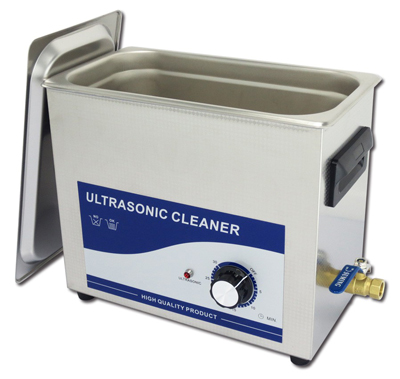
Brush and Spray Fruit Cleaning Machine This machine employs a dual approach – mechanical brushing combined with water spraying. Fruits move along a conveyor system where rotating brushes scrub their surfaces, while spray nozzles deliver water or sanitizing solutions. This method effectively removes dust, soil, and residues, making it ideal for fruits with firm skins such as apples, pears, and citrus. Its design typically includes a sturdy frame, water tanks, pumps, and protective covers to minimize splashing and waste.
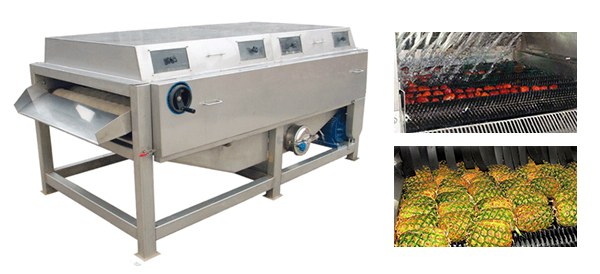
Surfing Fruit Washing Machine The surfing washer relies on high-pressure water jets to create a turbulence effect that washes fruits thoroughly. The fruits are gently agitated in a water tank, while debris and contaminants are flushed away. The machine consists of a water tank, high-pressure pump, surf device, spray pipes, elevator, wind blower, and hopper. This method is particularly suitable for delicate fruits like berries, tomatoes, and grapes, as it minimizes physical damage while ensuring effective cleaning.

Benefits of Using Washing Machines in Fruit Processing
Improved Food Safety: Automated systems ensure consistent cleaning, reducing the risk of contamination and foodborne illnesses.
Efficiency and Productivity: Machines handle large quantities quickly, reducing labor costs and improving throughput.
Water and Energy Savings: Modern designs recycle water and optimize energy use, making them environmentally friendly.
Quality Preservation: Gentle handling prevents bruising and maintains fruit integrity, which is critical for market presentation and shelf life.
Best Practices for Fruit Washing
Whether at home or in a facility, best practices enhance the effectiveness of washing. Some key tips include:
Always wash fruits under running water, not by soaking.
Use clean brushes for firm produce to remove stubborn dirt.
Avoid using soaps or detergents unless specifically designed for food.
For industrial cleaning, regular maintenance and sanitation of equipment are essential.
Combining washing with proper storage and handling further reduces contamination risks.
Final Thoughts
In conclusion, fruit washing is far more than a simple rinse. It is a critical step in ensuring food safety, maintaining quality, and protecting consumer health. As demand for fresh and processed fruits continues to rise, the role of advanced cleaning technologies will only become more important. Whether it’s a consumer rinsing an apple at home or a large factory preparing tons of produce for packaging, the goal remains the same: safe, clean, and healthy fruits for everyone. By understanding the types of contaminants and investing in proper washing methods and technologies, we can ensure that every bite is as safe and nutritious as it should be.

